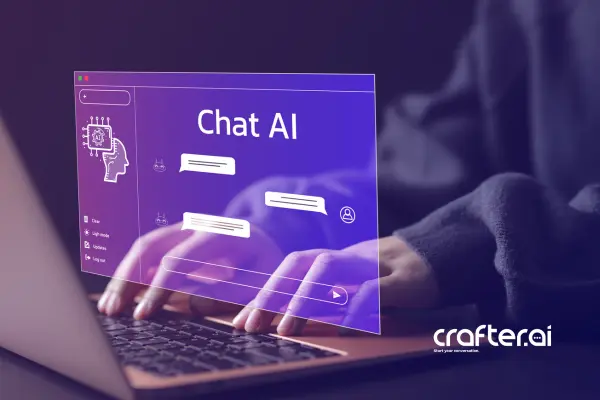RAG Technology (Retrieval Augmented Generation) is a tecnique that combines two approaches: the ability to retrieve updated information from reliable sources (retrieval) and the generation of natural language texts (generation). This combination allows you to create precise and relevant answers, overcoming the limitations of traditional artificial intelligence systems, which often rely only on the “internal memory” of the model.
a practical example of rag technology
Imagine you’re at the grocery store and you’re looking for a seasonal product, like a specific variety of pumpkins. You ask the manager if they’re available, and instead of giving you an answer based on what he remembers, he goes straight to the shelf to check. This is what RAG Technology does: when you need an answer, it doesn’t just rely on what it already knows, but actively checks a reliable source to give you accurate, up-to-date information.
How RAG Technology improves chatbots
Chatbots, especially those based on generative artificial intelligence, are incredibly powerful tools. However, they have an important limitation: they often rely exclusively on their “internal memory”, i.e. the data used during training. This approach can lead to inaccurate, obsolete or, in the worst cases, invented answers (hallucination). This is where RAG technolgy comes into play, a technology that solves many of these problems.
With RAG, chatbots not only rely on their pre-existing knowledge but access up-to-date and specific information. This happens through a two-step process:
Information retrieval: when a user asks a question, the chatbot searches for relevant information in a structured or unstructured database, such as company documents, articles or archived data.
Response Generation: the chatbot combines the information retrieved with its text generation capabilities, creating a personalized and accurate response.
for a Greater precision: File tuning or file search?
Imagine asking a chatbot: “What is the current price of the museum ticket?”.
A traditional chatbot might respond with outdated data. A chatbot that uses Retrieval Augmented Generation consults the museum website in real time or accesses an updated database to give you the exact price.
To improve the precision of the answers, the RAG technology can use two distinct approaches: fine-tuning and file search.
File search: it is based on an updatable database to retrieve specific information at the time of the application, without modifying the basic model.
Fine-tuning: involves further training the model to specialize in specific tasks, but requires resources and can lead to less flexibility.
RAG technology makes the most of file search, integrating it with text generation to offer a practical and scalable solution.
Benefits of rag technology
Accuracy and reliability
Chatbots with RAG provide precise answers based on real and updated data, reducing the risk of errors or obsolete information.
Flexibility and adaptability
Thanks to the ability to access external sources, chatbots with RAG can answer questions on a wide range of topics, even in very specific areas.
Better user experience
Users receive helpful and relevant responses, which increases trust and satisfaction when interacting with the chatbot.
Operational efficiency
In enterprise settings, chatbots with RAG can automate complex processes, such as employee onboarding or customer support, without the need for continuous manual updates.
ConclusionS
Thanks to this technology, chatbots can overcome the limitations of traditional models, offering accurate, updated and contextualized answers.
Whether you are looking for specific information or need support on complex topics, RAG technology guarantees a reliable and personalized experience. It’s like having an assistant who not only knows a lot, but also knows where to look to confirm what he says. This combination of precision and control makes the RAG an ideal solution for business applications, customer service and more.
In a world where the quality of information is crucial, RAG allows you to build chatbots that are not only smarter, but also more useful, increasing user trust and optimizing business processes.
We also talked about it here.

